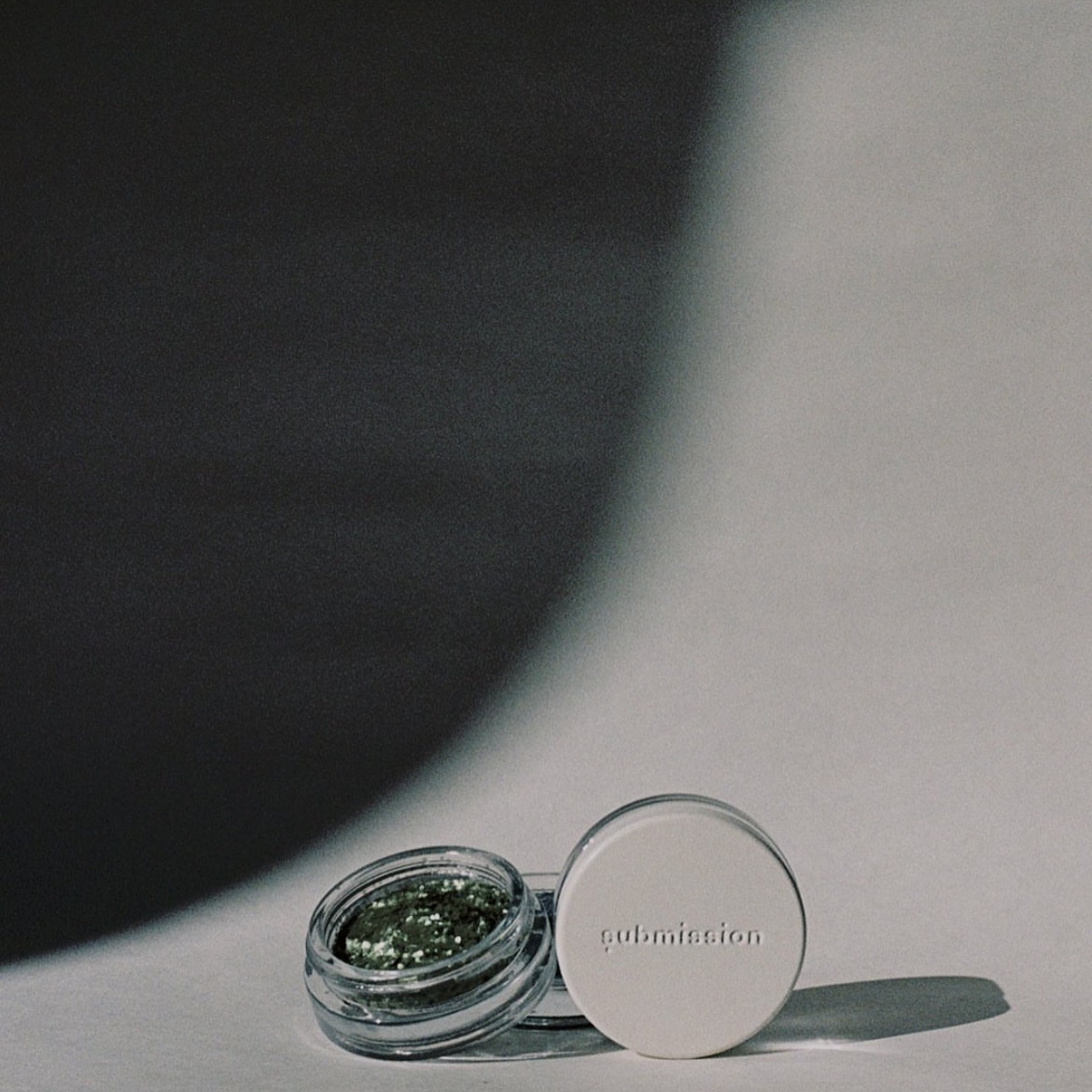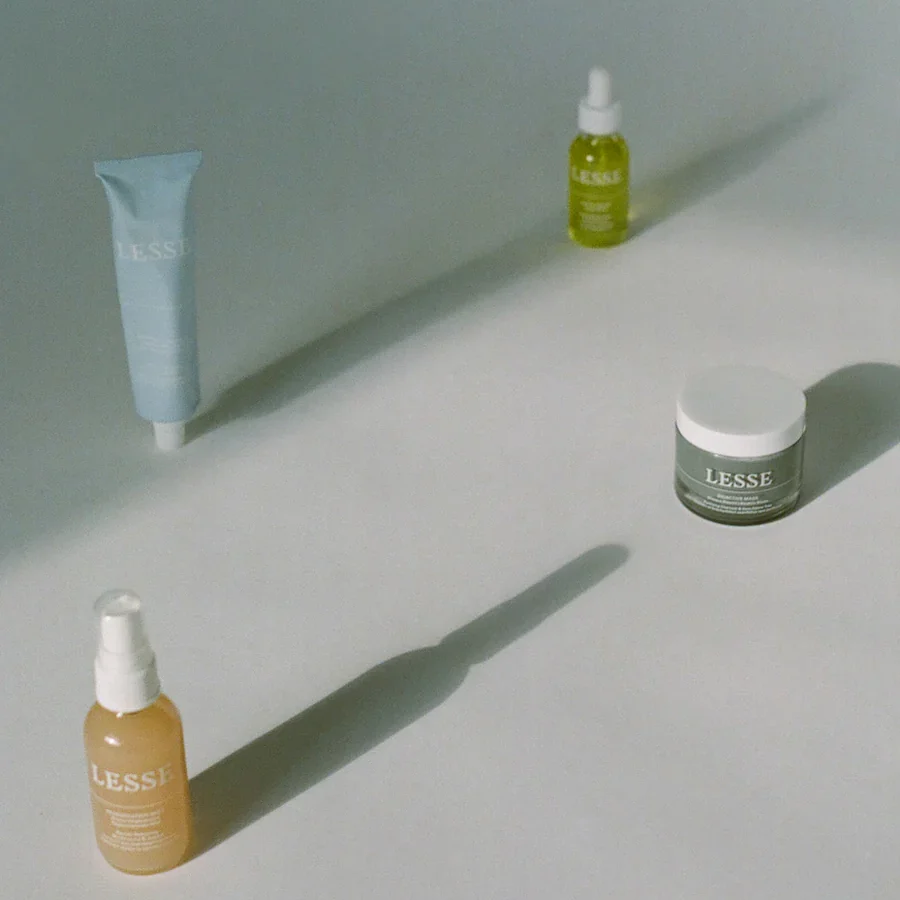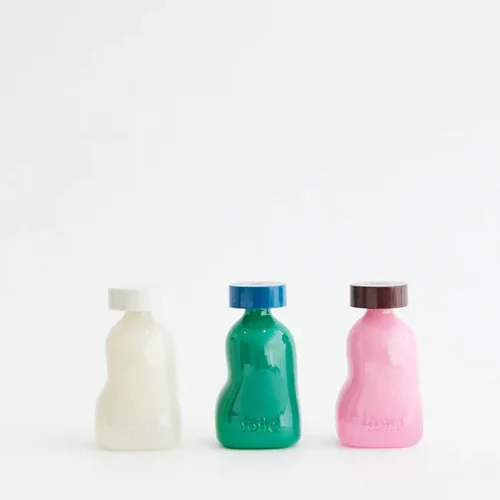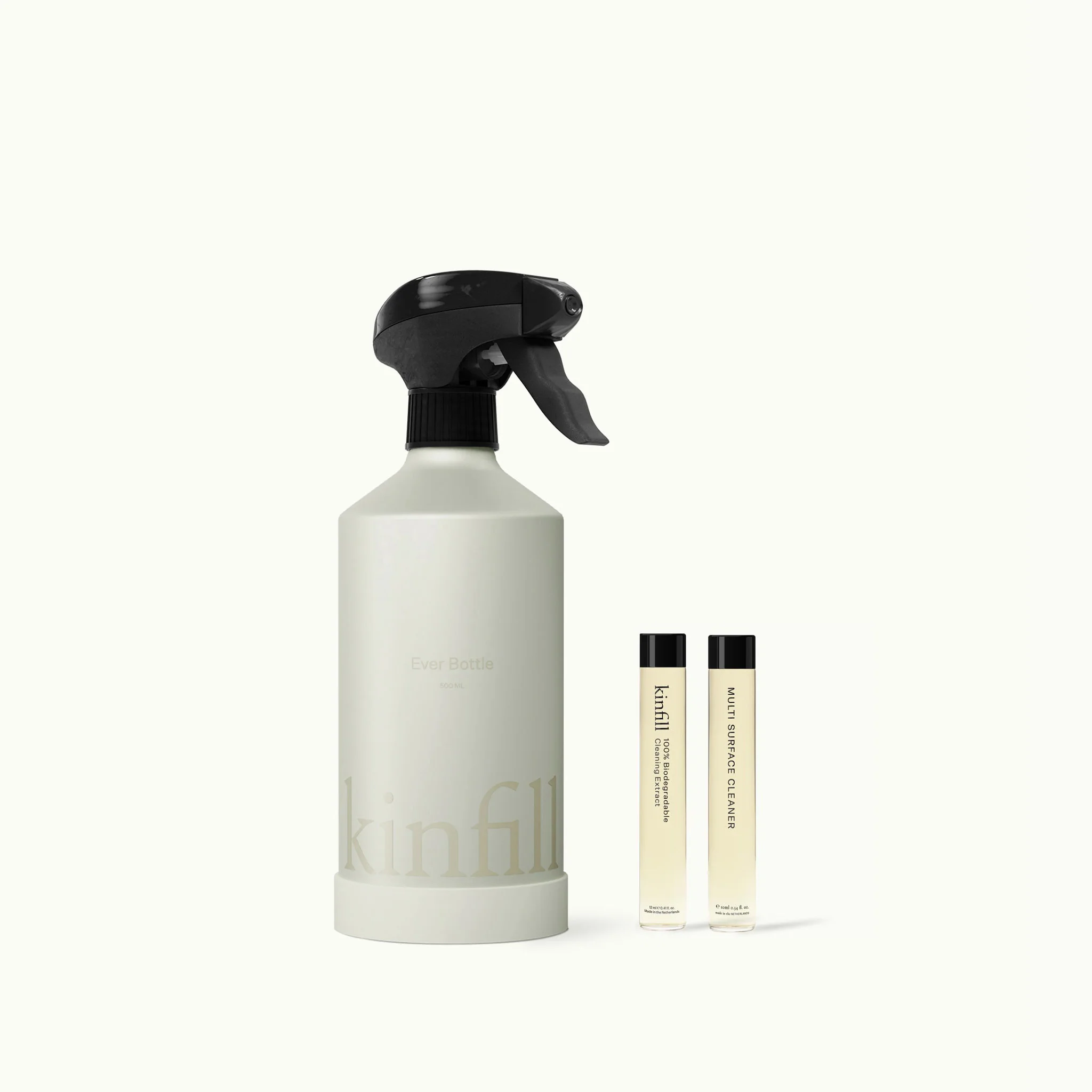the unwash: trending
As AI has grown and become accessible to just about anyone, it has become a tool people turn to for everything from the mundane to complex oddities. Despite having the answers to most questions at our fingertips through the use of search engines, social media, forums, and research articles, that all becomes far too much to engage in. AI provides the ability to reach the answer to anything you want in seconds, without rummaging through the depths of the internet, even if it would be just a simple 30-second search. It’s no secret that the use and abuse of AI is damaging the planet at a remarkable rate yet people would still prefer to have conversations with ChatGPT despite knowing the environmental consequences of their actions.
The accessibility and instant gratification of AI sparks the question if anyone will ever actually care about the long-term devastation AI will cause. The quick sparks of dopamine produced from experiencing something so rapid and gratifying would make a difficult time for the average person to step away from. When it comes to other environmental issues, showing the horror and devastation of the climate crisis isn’t enough for someone to make a change. We live in a society where people have become completely numb to global issues and feel that our actions are not enough to make a change. AI’s impact goes far beyond the environmental effects. Generative AI often crosses ethical lines and puts individuals at greater risk of harm through the spread of deepfakes and misinformation. Despite this, people still reach for AI to create a grocery list, ask romantic questions, or do their school assignments. In a capitalist society the hunger for instant gratification is expected but how do we fight against this for not only our own good but for the environment?

“When we think about the environmental impact of generative AI, it is not just the electricity you consume when you plug the computer in. There are much broader consequences that go out to a system level and persist based on actions that we take.” Elsa A. Olivetti, Department of Materials Science and Engineering at MIT

The training of generative AI models uses an immense amount of electricity and produces large-scale carbon emissions. This doesn’t stop there as when it is being used in daily life the amount of electricity and therefore carbon emissions only increases. These systems also require a staggering amount of water to cool the hardware down, a cyclical cycle that becomes increasingly harmful. This may seem like a standalone issue but people in the United States and across the globe are being directly affected by AI. As the use of AI has increased so have data centers. These data centers create an obstructive amount of noise and noise pollution due to the cooling process. This infringes upon the lives and well-being of those living near these centers as parts of their day-to-day lives become unmanageable. Data centers are filled with hundreds of thousands of computers that ultimately generate answers to what a user is putting into a program such as ChatGPT. The electricity and water usage of these centers is larger than in some countries. Yet, there is no current federal regulation around AI usage despite its impact on local communities and the environment.
On a regulation level, individual tech companies have to work towards getting their generative AI models and data centers down to net zero, which was the original goal for AI. This is now a far-fetched goal as the amount of data centers in the United States continues to grow. Without federal or individual regulation from companies, it’s up to the individual to question why and if they need to be using AI. The internet often keeps us isolated from our communities with everything being at the reach of our fingertips. Through cultivating community, being willing to learn, and asking questions, we can slow down and therefore limit our personal use of AI. As individuals, we can also apply pressure on local officials and tech companies to create transparent regulations that keep our communities and the environment more safe.

01
Submission
Submission Beauty is a completely plastic-free beauty brand that embraces maximalism with its biodegradable glitter. Traditional glitter products are not completely body safe and do not completely disintegrate even years after disposal. Submission Beauty is changing this by making a body-safe, plastic-free, biodegradable, luxury glitter.

02
Lesse
To Lesse, the brand is more of a ritual than a collection of skincare products. The founder of Lesse, Neada Deters set out to create a brand that had minimal environmental impact but offered maximum results for common skin concerns. For many, skincare is a routine necessity where more is considered better, the more products the better the result is narratives brands are selling.

03
Aora México
You can kick the plastic buying habit for good with Aora Mexico, a zero-waste beauty brand that makes plastic-free look and feel luxurious. The brand highlights the beauty of Mexican culture with bright colors, shining formulas, and ingredients fueled by ingredients indigenous to the country. Aora is rooted in Mexican tradition and puts Mexican beauty on a global stage.





